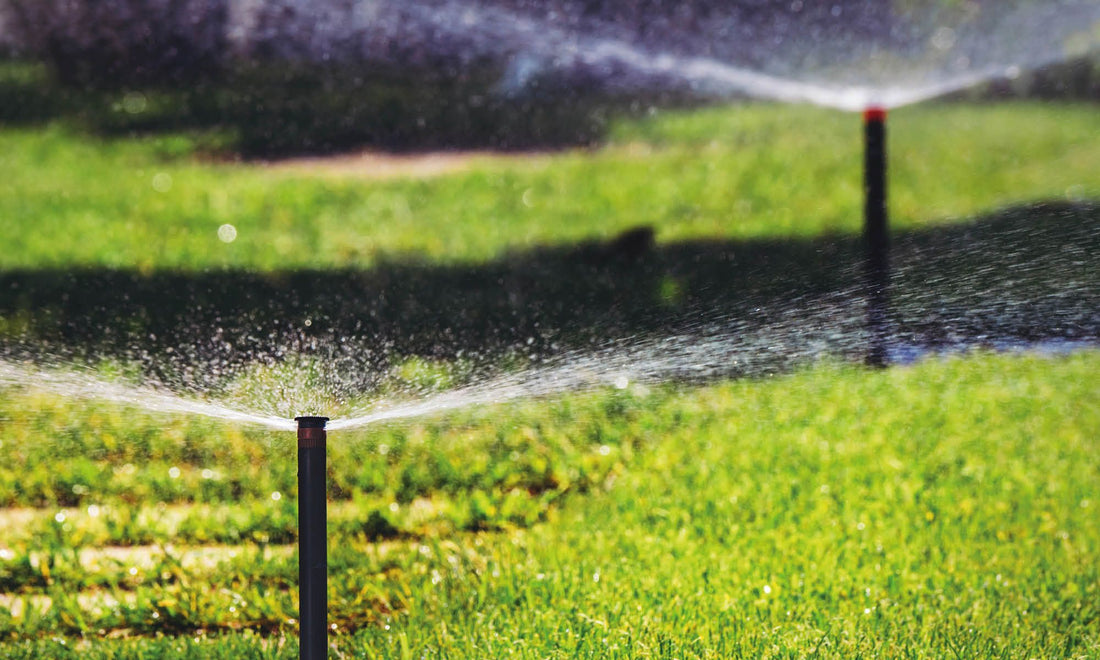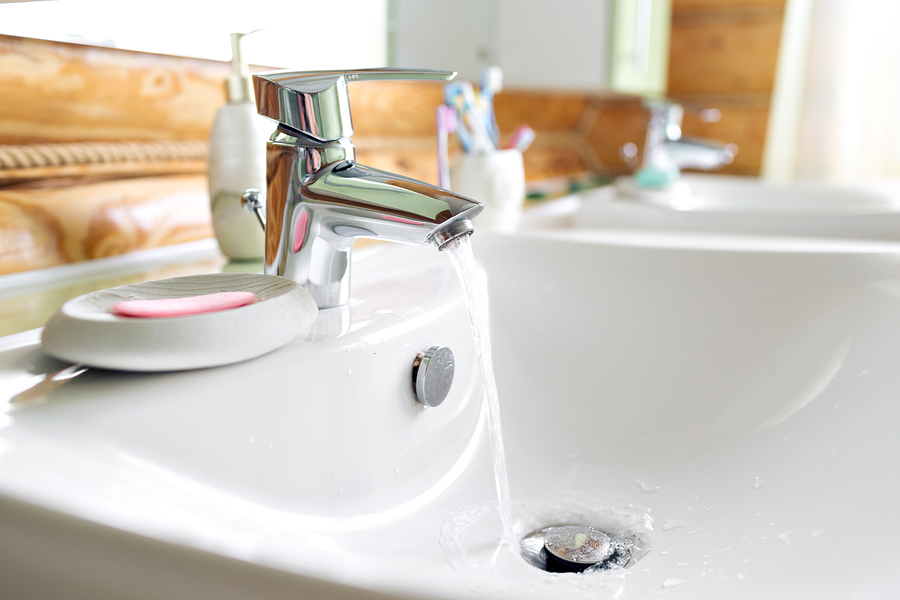
Understanding the Importance of Rainwater Harvesting
Share
In today's rapidly evolving technological landscape, the significance of sustainable practices is more pertinent than ever. For tech professionals and enthusiasts, understanding the importance of rainwater harvesting offers not just a nod to environmental responsibility but also opens avenues for integrating cutting-edge solutions to age-old challenges. As global water scarcity becomes an increasing concern, harnessing the power of nature through rainwater collection becomes a pivotal strategy in our sustainability toolkit.

Why Rainwater Harvesting Matters
At its core, rainwater harvesting is about capturing and storing rainwater for later use. This practice is not only environmentally sound but also economically beneficial. By reducing dependence on municipal water supplies, communities can achieve greater water security. Moreover, the technology behind rainwater harvesting systems is evolving, allowing tech enthusiasts to delve into smart systems that efficiently manage water collection and distribution.
For tech professionals, the integration of IoT in rainwater systems is a fascinating frontier. Smart sensors and connected devices can monitor water levels, control pumps, and even predict rainfall patterns, making water management more efficient than ever before. This intersection of technology and sustainability is where innovation thrives, promising solutions that are both effective and exciting.
Technological Innovations in Rainwater Harvesting
The importance of rainwater harvesting is further highlighted by the technological advancements that are transforming its landscape. Innovations such as smart water management systems are becoming increasingly popular. These systems utilize IoT technology to automate the process of water collection and distribution, ensuring optimal usage and minimal waste. For instance, sensors can detect when tanks are full and trigger automated pumps to distribute water to where it's needed most.
Additionally, data analytics plays a crucial role in optimizing rainwater harvesting systems. By analyzing patterns in rainfall, usage, and efficiency, tech experts can refine systems for better performance. This approach not only conserves water but also enhances the operational efficiency of the systems, aligning perfectly with the goals of tech-driven sustainability.
Integrating Rainwater Harvesting with Smart Homes
For those passionate about smart home technologies, integrating rainwater harvesting can be a rewarding venture. By connecting rainwater systems to smart home networks, homeowners can gain unprecedented control over their water resources. This integration allows for real-time monitoring and adjustments, ensuring that every drop of water is used wisely.
Imagine a future where your home autonomously manages its water supply, responding to weather forecasts and adjusting usage patterns accordingly. This level of sophistication not only reduces water bills but also promotes a more sustainable lifestyle. Tech enthusiasts can explore various ways to implement these systems, such as through partnerships with companies that specialize in smart home water management.
Case Studies: Success Stories in Rainwater Harvesting
Several successful implementations of rainwater harvesting demonstrate its potential. In urban areas, businesses are adopting rainwater systems to reduce water usage, showcasing a commitment to sustainability that resonates with eco-conscious consumers. These efforts are supplemented by government incentives and regulations that encourage the adoption of rainwater systems, making it a viable option for industries and households alike.
On a smaller scale, households are seeing the benefits of rainwater collection in reducing water bills and supporting gardening efforts. Combining these systems with eco water-saving devices enhances their effectiveness, providing a comprehensive solution to water conservation challenges.
The Future of Rainwater Harvesting
As we look towards the future, the importance of rainwater harvesting will only grow. With climate change leading to more unpredictable weather patterns, having reliable water sources will be crucial. For tech professionals, this represents an opportunity to innovate and lead the charge in developing systems that are not only efficient but also adaptable to changing environmental conditions.
Furthermore, the integration of AI and machine learning in rainwater systems could revolutionize how we approach water management. Predictive analytics could help optimize water usage based on historical data and future forecasts, ensuring that harvested rainwater is utilized in the most effective manner possible.
In conclusion, the importance of rainwater harvesting cannot be overstated. As tech professionals and enthusiasts, embracing this practice not only aligns with the principles of sustainability but also provides an exciting avenue for technological innovation. By investing in and advocating for advanced rainwater systems, we can contribute to a more sustainable and water-secure future.

FAQ
1. How does rainwater harvesting benefit urban areas? Urban areas benefit from rainwater harvesting by reducing the strain on municipal water systems, lowering water bills, and promoting sustainability. It also helps mitigate flooding by absorbing excess rainwater.
2. Can rainwater harvesting be integrated with existing smart home systems? Yes, rainwater harvesting can be integrated with smart home systems. This integration allows for automated water management, providing real-time data and control over water resources.
3. What are some innovative technologies used in rainwater harvesting? Innovative technologies in rainwater harvesting include IoT-enabled sensors, automated water distribution systems, and data analytics for optimizing usage. These technologies enhance the efficiency and effectiveness of rainwater systems.
For more ways to conserve water at home, you can visit water-saving tips on the Water Corporation website.
